Middle School Cavaion Veronese2022 - Cavaion Veronese, Veronacompetition - finalist project
with d-recta srl, Angelo Renna
images ©Riccardo De Vincenzo
model ©Diesse Studio
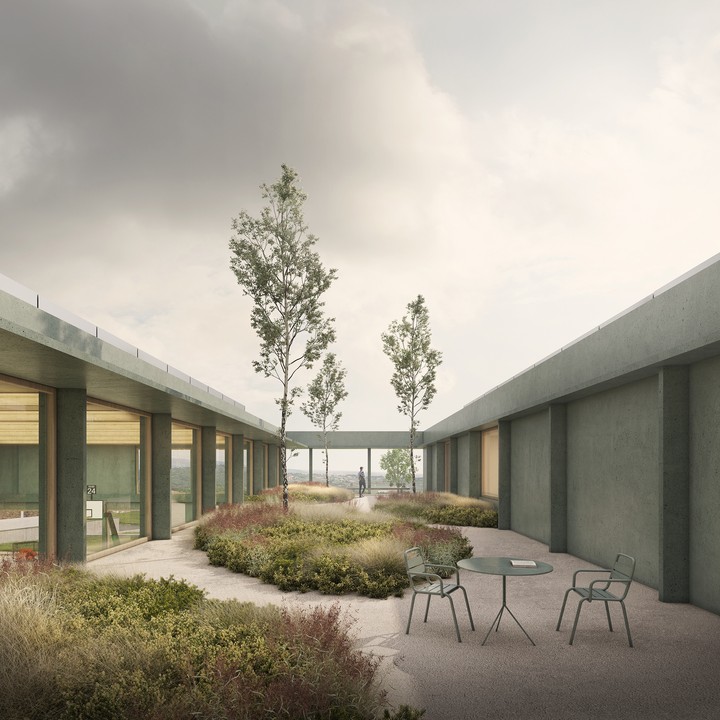
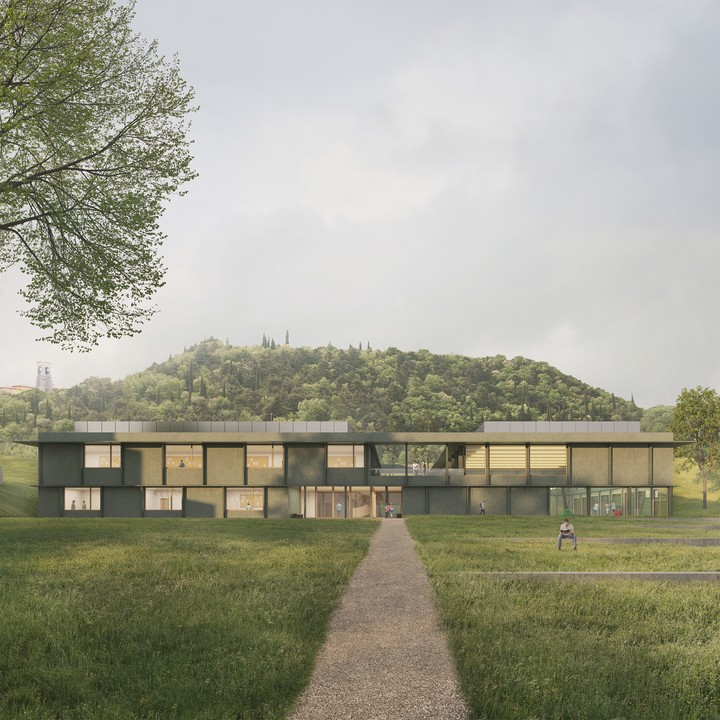
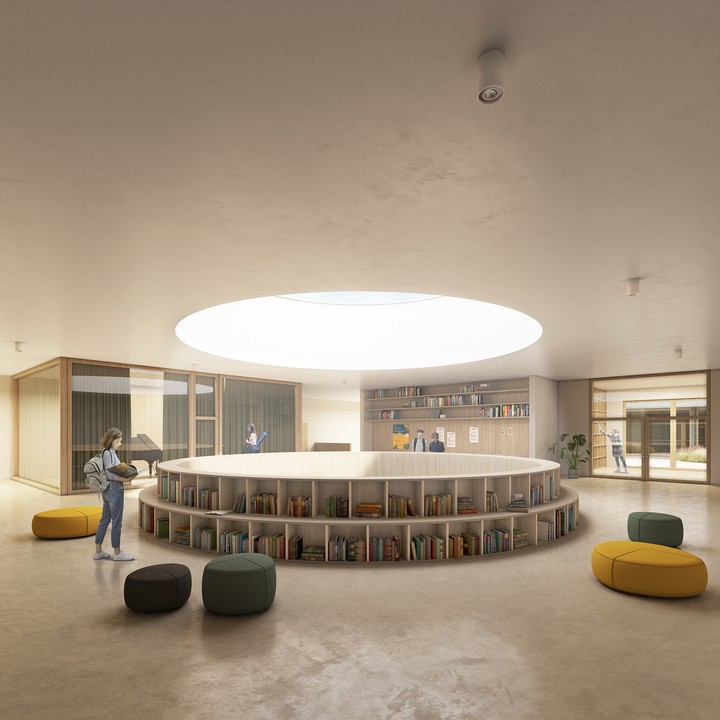
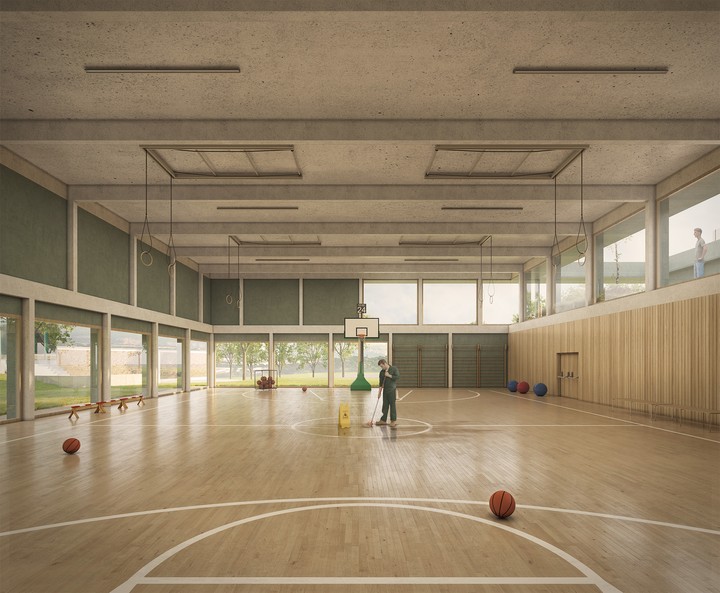
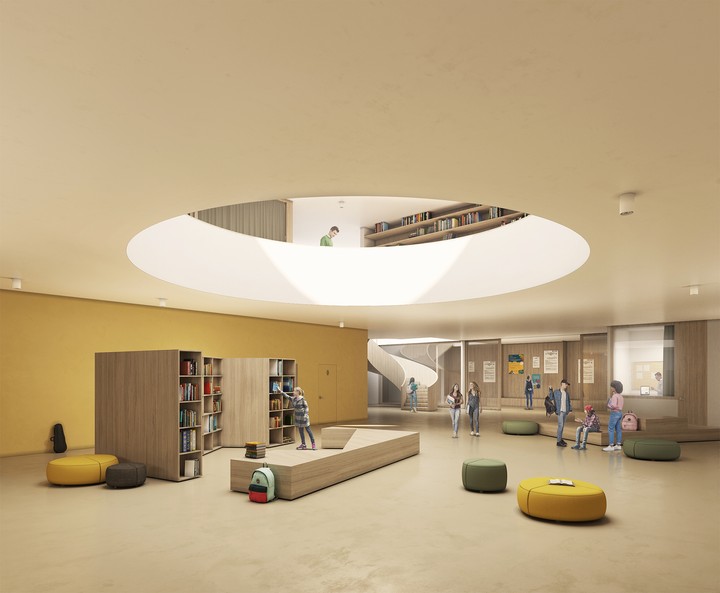
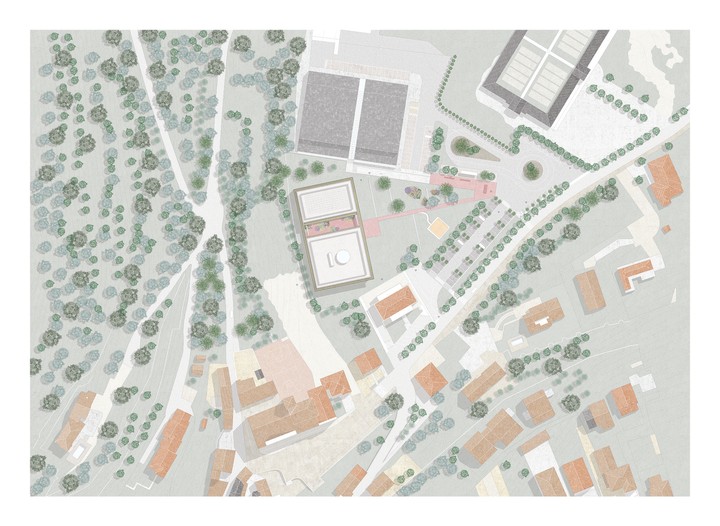

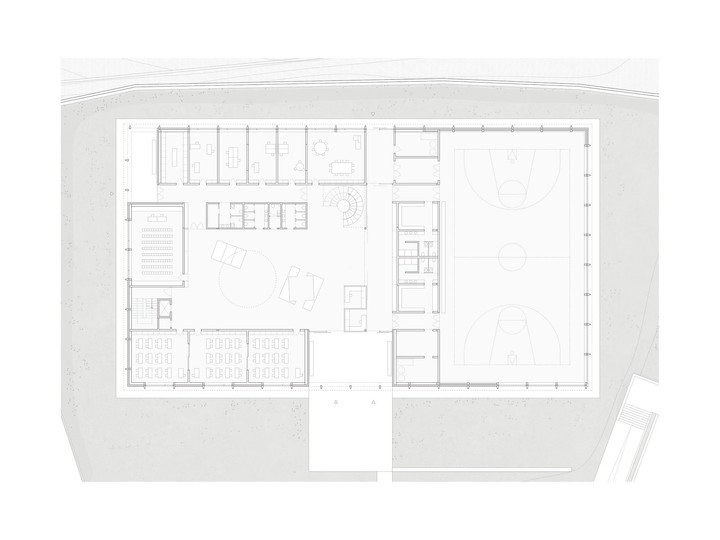
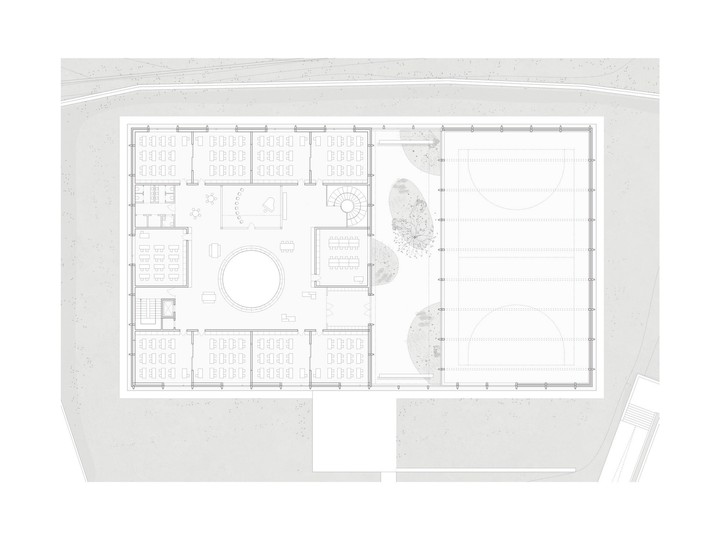
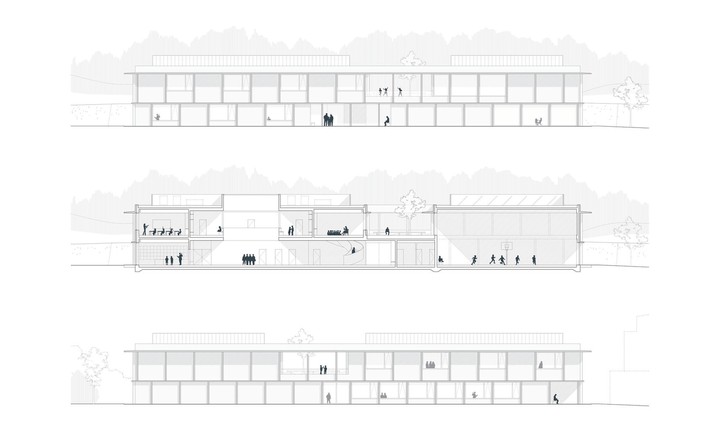
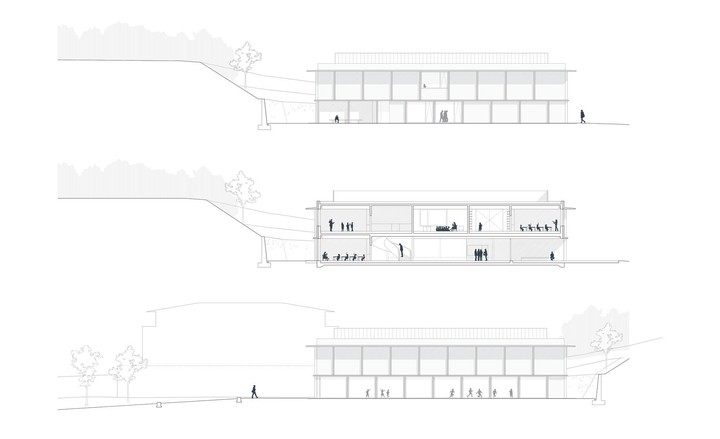
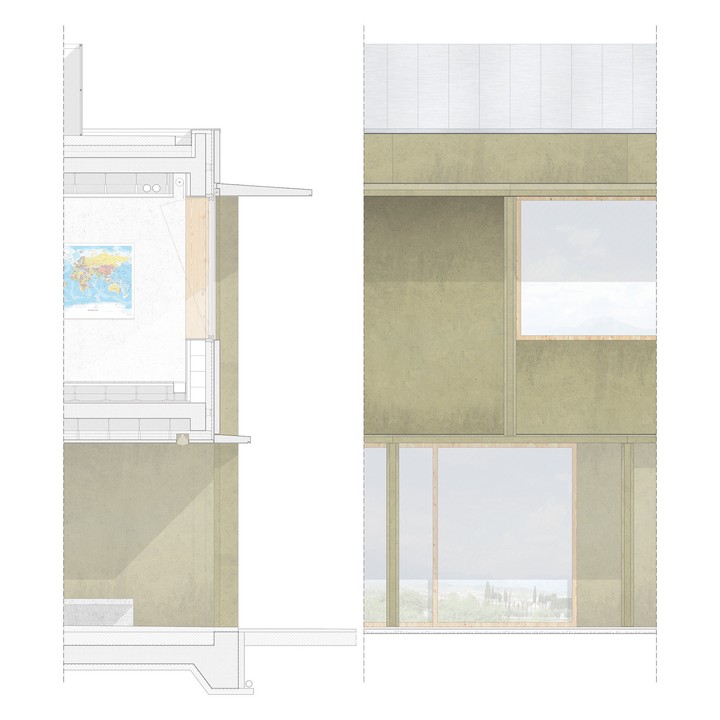
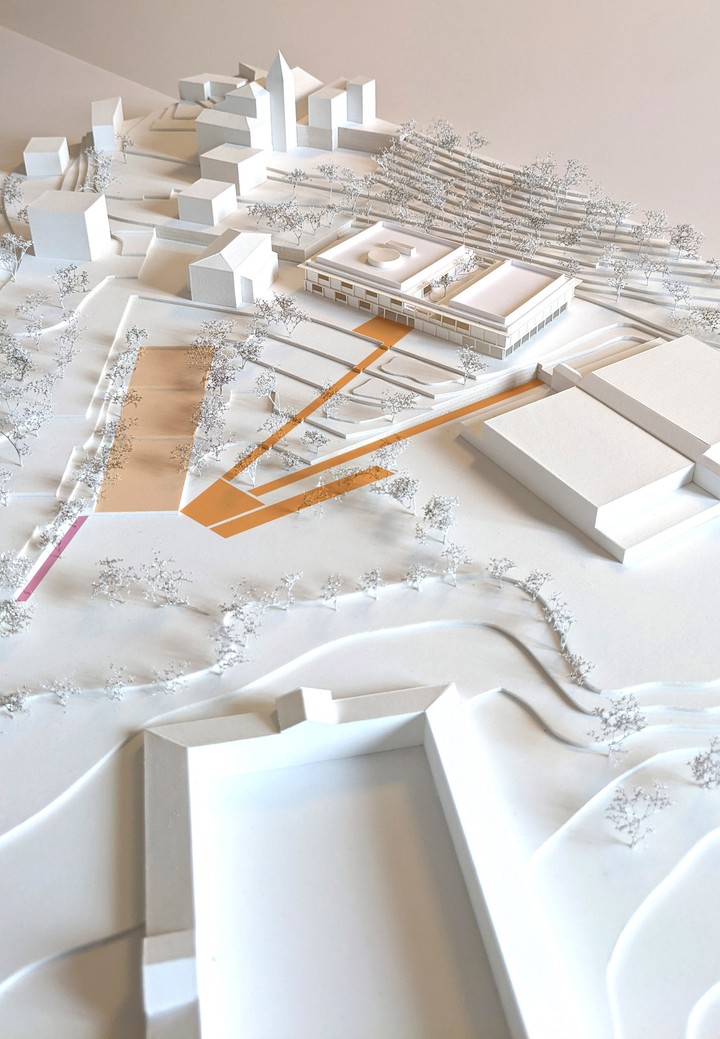
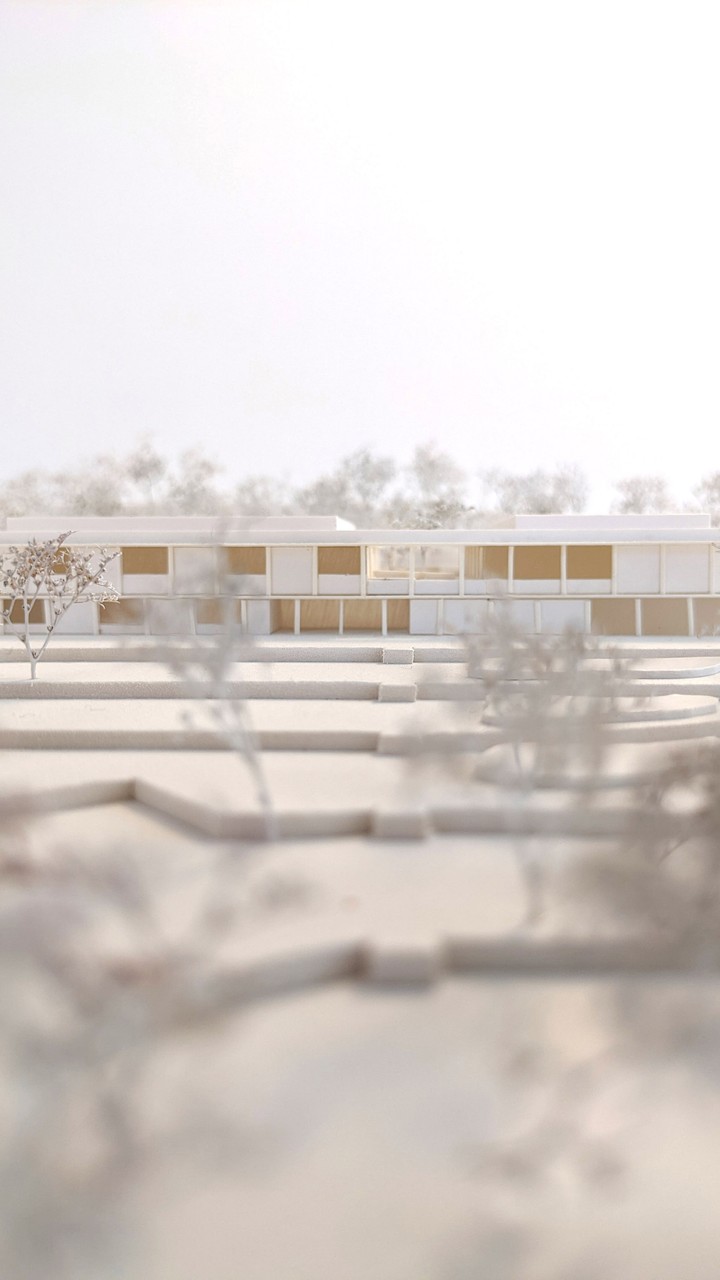
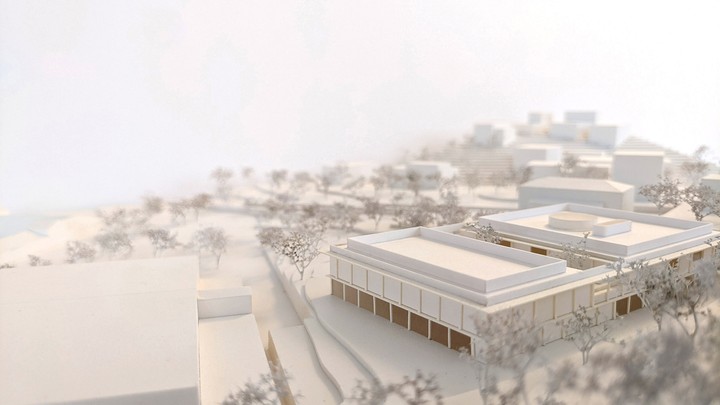
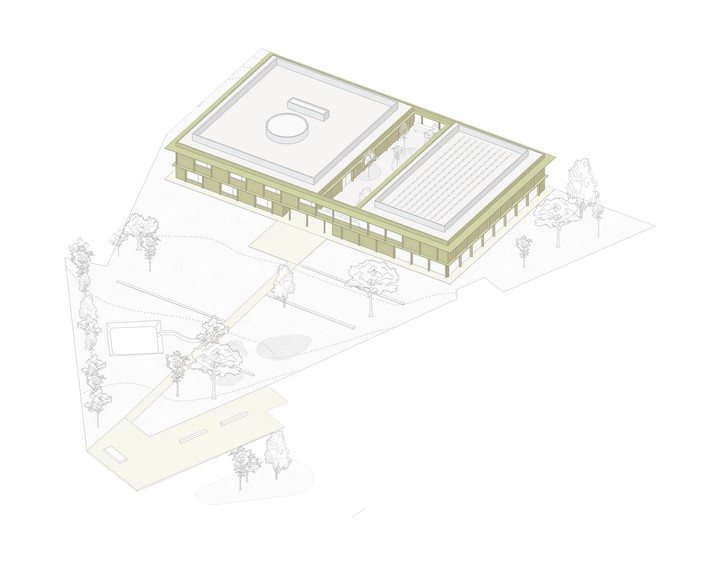
The new school and gym for Cavaion Veronese has been designed to fit harmoniously into the landscape and with its simplicity is identified in a single building with multiple functions. Due to how the new school with gym has been positioned, it is possible to use spaces and volumes for activities open to the community, which thanks also to an open and partitionable system can be enhanced with the existing cycle path network, connecting with the nearby Affi and expanding the paths along Lake Garda. Attention was paid to the existing trees, considering to further increase them to restore more naturalness to the place, according to the well-being of those who live in those spaces and the landscape quality. The wooded strip becomes a scenic backdrop, the green space and the covered/mineral surface interact with each other. If the architectural elements (the agora, the music room, the "widespread" library, the terrace or "open-air room") punctuate the space and create a relationship between environments and teaching, in the same way the furnishing elements express this relationship through the scale of the object and the space in which they relate characterizing the whole didactic space of the school. The steps, the space in between, the void, the den, will generate a new lexicon that will stimulate school innovation and interpersonal relationships between students, teachers and school workers. These furnishing elements have also been designed to facilitate a personal method of study and learning in the student, with the intention of developing the individual's autonomy and at the same time promoting positive group dynamics within the school spaces. The concepts expressed in the plan continuously refer to an "inside and outside teaching", inside the classroom but also outside in those spaces that are no longer to be considered distributive corridors but spaces that guarantee the classrooms to expand allowing different teaching systems; inside the school but also outside, using the "open-air room" but also the "learning gardens” or the lowered play area to switch from traditional frontal lessons to collaborative lessons, workshops, outdoor activities. In this way there are no "lost" spaces within this school, but common areas characterized by filtering passages, transparent walls, equipped walls that integrate educational spaces and furnishings, creating a large shared school laboratory.